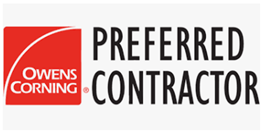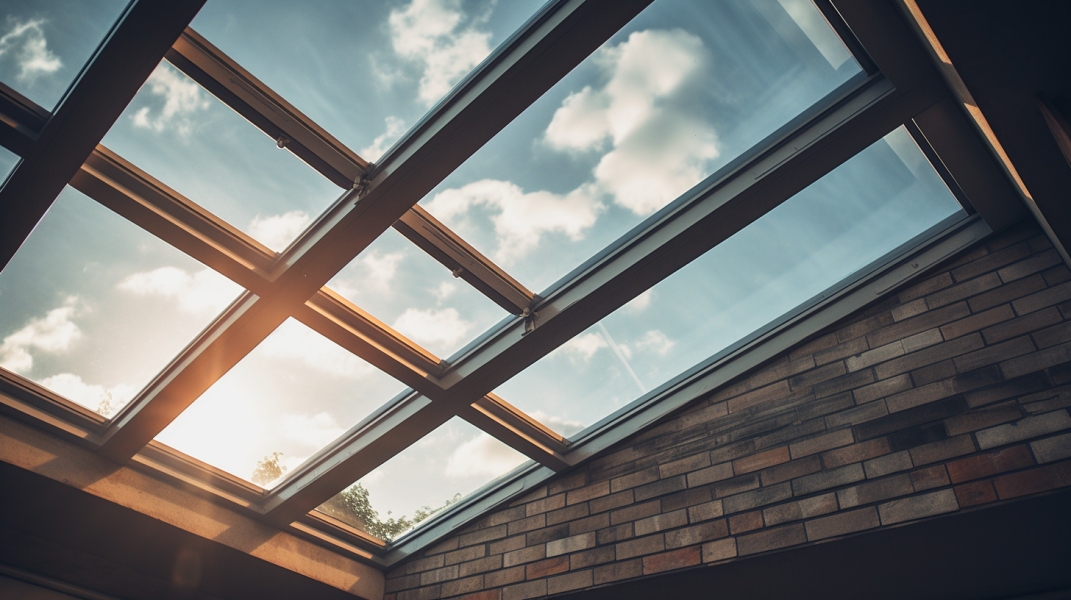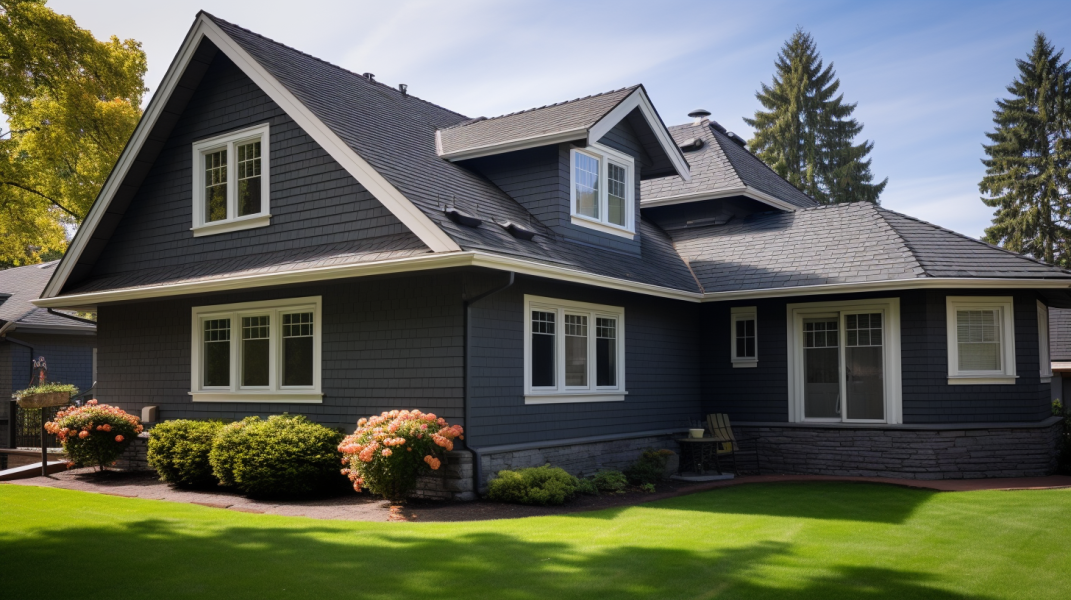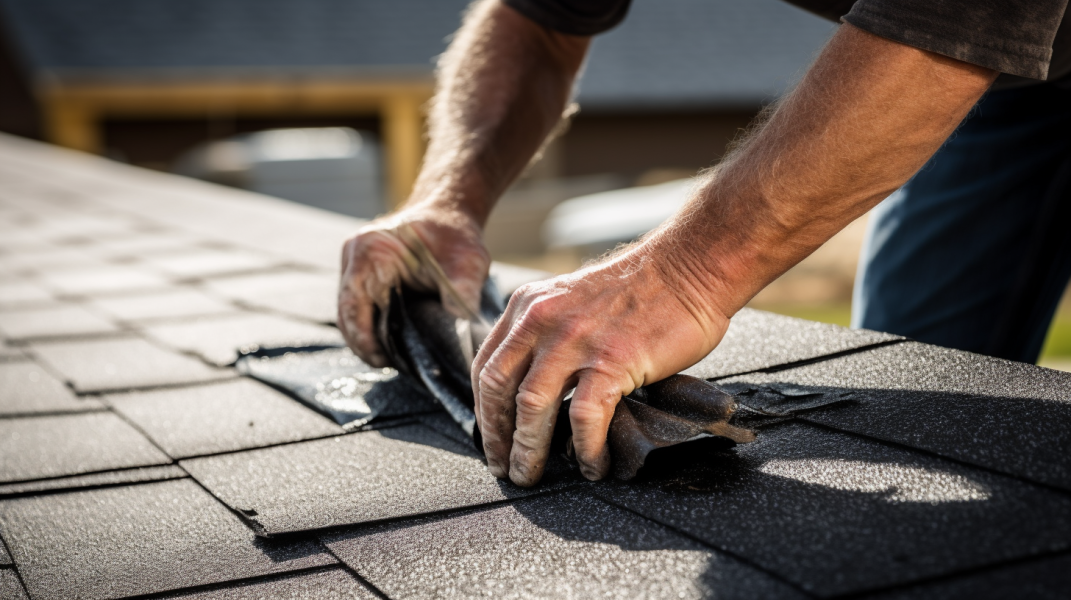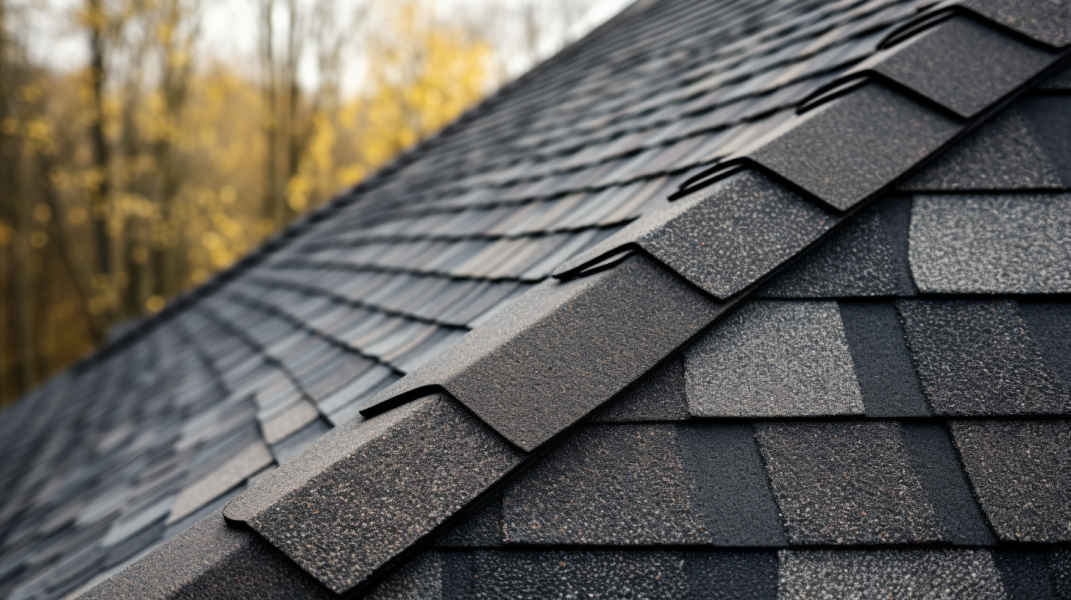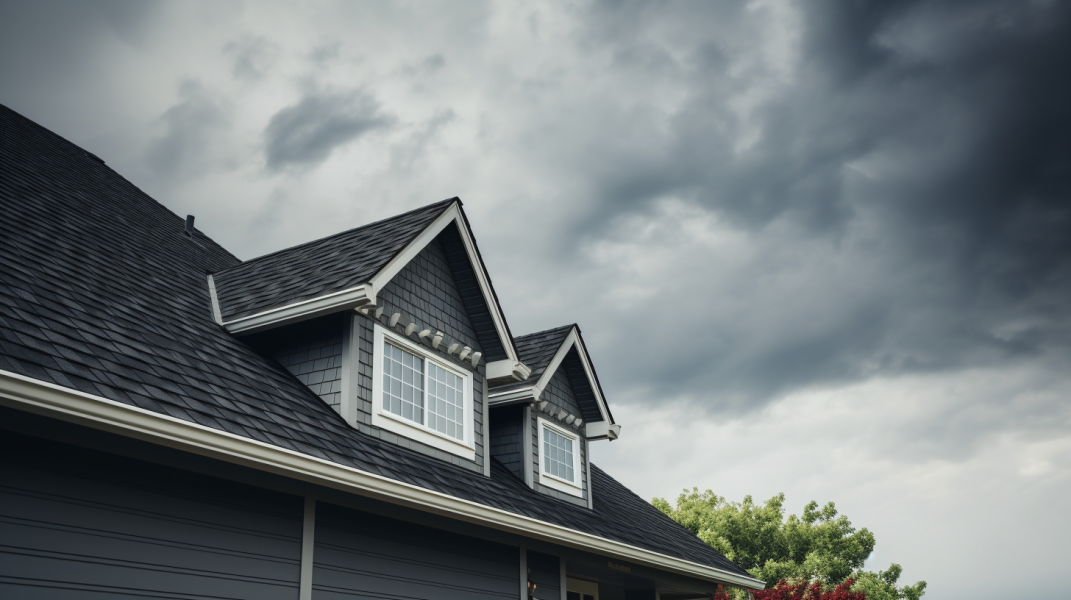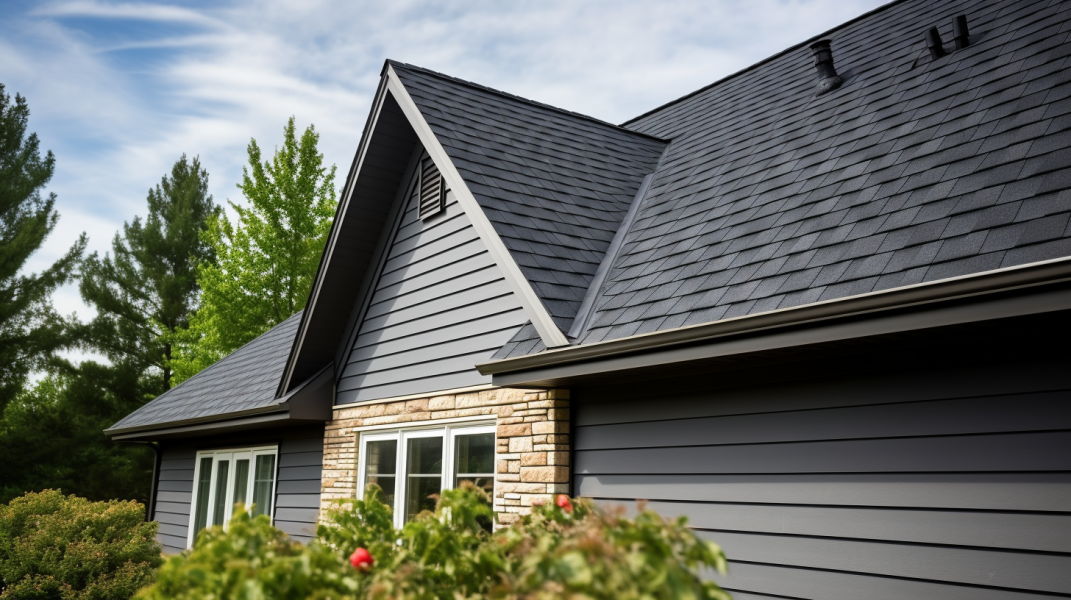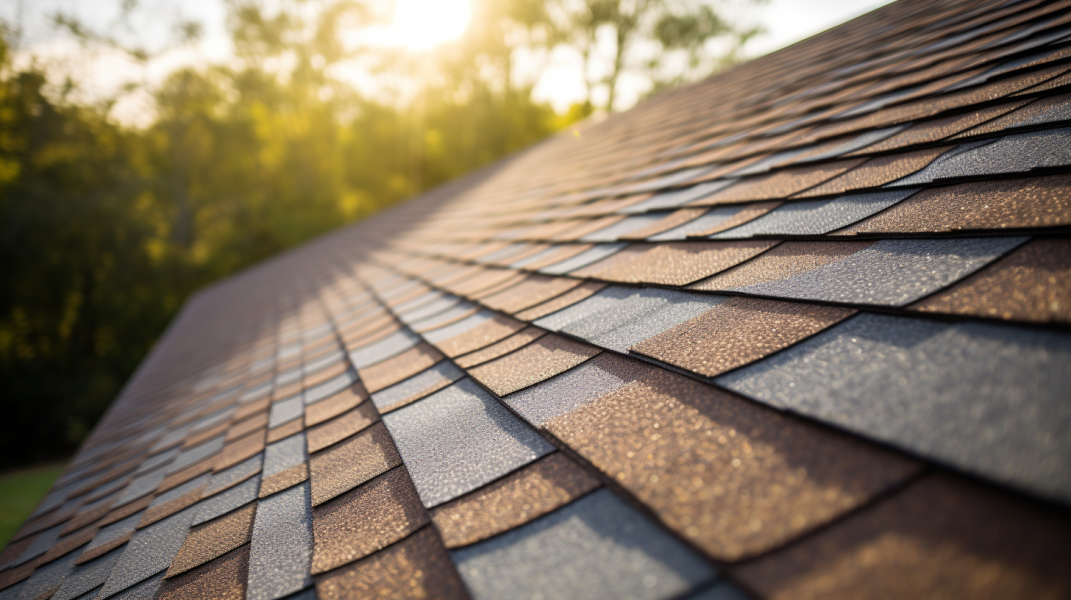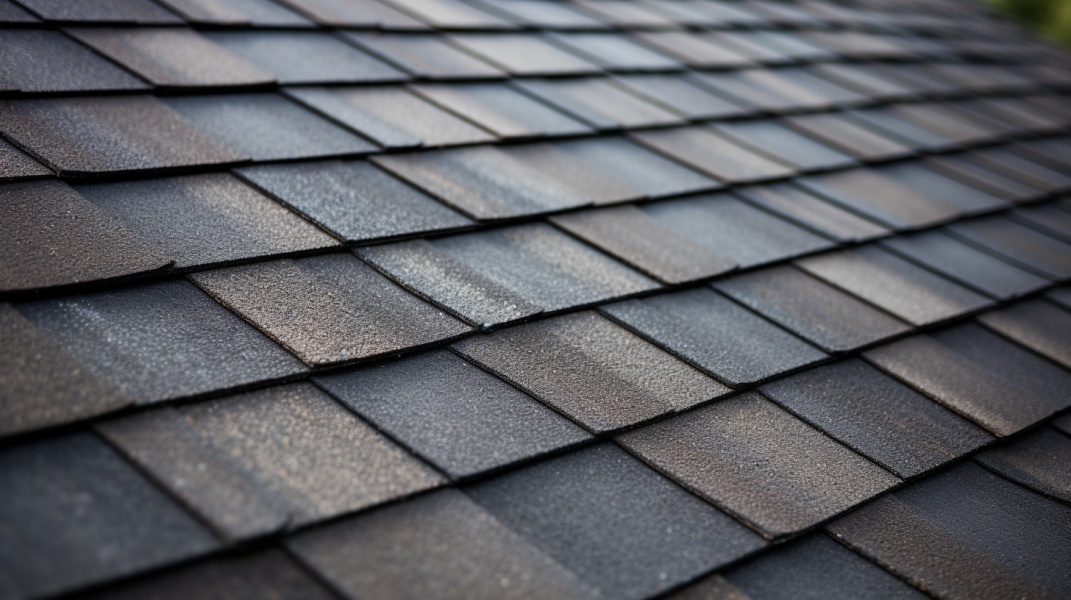Does House Insurance Cover Roof Replacement?
While you might have crossed your fingers hoping for a simple 'yes' or 'no,' the truth is roof coverage can be a little more complex than that. It can depend on several factors, from the type of damage to the age of your roof and even your specific policy details.
So, let's delve into it and unpack the mysteries of roof replacement and homeowners insurance together.
How Does Homeowners Insurance Work?
The very first thing you should know is how homeowners insurance works. Simply put, homeowners insurance covers certain losses and damages to an individual's house and assets in the home. These insurance policies typically cover interior and exterior damage, personal liability, loss or damage to personal belongings, and even living expenses if you can't live in your home temporarily due to a covered peril, like a natural disaster.
Homeowners' insurance policies can vary from person to person, depending on your dwelling coverage limit, your needs, and other factors. But most homeowners insurance policies provide coverage for every part of the house.

Does a House Insurance Cover Roof Replacement?
The general answer is yes, it can. But before you break out the champagne, let's get into the details because there are some crucial exceptions and conditions a homeowners insurance company may use.
Covered Perils
Typically, if your roof has been damaged by something your policy categorizes as a "covered peril" - like fire, wind, hail, lightning, and other severe weather - then you're in luck. Your homeowner's insurance policy should step up to the plate and help with the replacement costs.
However, insurance companies are keen on the details, particularly the condition and age of your roof. If your roof was already in poor condition or past its average life expectancy, the insurance company might deem it "worn out" and thus not covered.
Actual Cash vs. Replacement Value
Another important detail is the difference between "actual cash value" and "replacement cost value." If your policy provides actual cash value, the insurance company will factor in the roof's age and condition. This helps it to to determine how much it's worth right now, which could be much less than the cost of a new roof. If your policy provides replacement cost value, you're covered for the full cost of replacing the damaged roof with a brand new one of similar quality, regardless of your old roof's condition.
Also, keep in mind that in the event of a covered loss, your home insurance company will typically only pay up to your dwelling coverage limit. If your roof replacement costs more than your dwelling coverage limit, you will have to bear the extra expenses.
Verdict
Ultimately, the best advice is to know your policy well and maintain good communication with your insurance agent. They can provide the most accurate information for your specific policy. Regular roof inspections by a reputable roofing contractor can also help spot potential issues early before they turn into bigger, possibly non-covered problems.
So, does homeowners insurance cover roof damage? The actual answer is: it depends. Make sure you know the specifics of your policy. Maintain your roof well, and you'll be ready when the storm comes - literally and figuratively.

What Roof Damages Do Home Insurance Companies Cover?
The insurance coverage for roof replacement primarily depends on the cause or type of damage. Below are some conditions that most home insurance companies generally agree to cover:
Fire
Fire is usually a covered peril under most homeowners insurance policies. If your roof is damaged or destroyed by a fire, your insurance policy should cover the cost of repairs or replacement. Remember, it's always a good idea to keep photographic evidence and receipts for any roof repairs to streamline the claim process in case of such an unfortunate event.
Hail and Lightning
Mother Nature's wrath often comes in the form of hail and lightning, which can seriously damage your roof. Most home insurance companies provide coverage for this type of damage. However, it's important to note that some insurers may have limitations or exclusions, particularly in areas with frequent hail and lightning storms. So, ensure to review your policy or consult your insurance agent for specifics.
Vandalism
If your roof has been damaged intentionally by acts of vandalism, your homeowner's insurance policy should cover the repair or replacement costs. A police report and photographic evidence of the damage can be beneficial when filing an insurance claim.
Falling Objects
This category can include anything from a tree branch to an airplane part falling from the sky. If a falling object damages your roof, your insurance company will typically help cover the cost of repairs or replacement. However, there's a caveat: if the falling object resulted from your negligence, like a dead tree you never bothered to remove, the insurance company may deny the claim.
Other Factors to Consider in a Roof Coverage
While the age, material, condition, location, and installation of your roof are key considerations for insurance coverage, you should also keep a few other factors in mind.
Deductible Amount
Your deductible is the amount you pay out of pocket before your insurance coverage kicks in. It's important to choose a deductible amount that is affordable for you. If your deductible is high, it might make small repair claims impractical. On the other hand, a lower deductible can increase your premium.
Coverage Limits
The dwelling coverage limit of your homeowner's insurance policy dictates the maximum amount your insurer will pay for a covered loss. Make sure this limit is high enough to cover the cost of completely rebuilding your home and replacing your roof in case of a total loss.
Endorsements or Riders
Sometimes, your standard homeowner's policy might not provide enough coverage for specific risks. In these cases, you can add an endorsement or rider to your policy for additional coverage. For instance, if you live in an area prone to high winds or hail, you may want to consider a wind or hail endorsement for added protection.
Exclusions
Every insurance policy has its exclusions. These are specific circumstances or perils that are not covered by the policy. Ensure you understand what is excluded from your policy so there are no unpleasant surprises when you file a claim.
Claims History
Your past claims history can also impact your roof coverage. If you've made several claims in the past, your insurance company might view you as a high-risk homeowner and increase your premiums or even limit your coverage.
These considerations can significantly impact both your coverage and your premiums. So, when evaluating your roof coverage, it's essential to look at the whole picture. By considering all of these factors, you can ensure you have the coverage you need at a price you can afford.

Guiding Your Insurance Company to Foot the Bill for Your New Roof
Following the right steps is essential to make your insurance company pay for your new roof. Here's a guide on how to navigate the process:
Assess and Document the Damage Accurately
The initial step involves a thorough assessment of the damage your roof has sustained. Take a keen look for obvious signs of damage and capture these instances with detailed photographs. Include any interior damages like leaks or water stains, which can be essential evidence for your claim.
Familiarize Yourself with Your Insurance Coverage
Next, get a clear understanding of the extent of your insurance coverage. Go through your policy documents, and pinpoint key terms such as 'replacement cost,' 'actual cash value,' and 'dwelling coverage.' Should any ambiguities arise, reach out to your insurance agent for assistance. Knowing what your policy entails equips you to deal confidently with the claim process.
Engage a Professional for a Comprehensive Roof Inspection (Avoid Storm Chasers)
Invest in a thorough roof inspection conducted by a professional and reputable roofing contractor. Steer clear of 'storm chasers' who offer quick but often substandard services following severe weather events. Engage a respected local contractor who deeply understands the local climate and suitable roofing materials.
Lodge Your Roof Insurance Claim
With your evidence and inspection report, you're now ready to lodge your claim. Contact your insurance company to inform them about the roof damage. Provide the necessary documentation, such as the photographs, the roofing contractor's estimate, and any additional relevant details. The insurance company will then send an insurance adjuster to evaluate your claim.
Organize the Roof Replacement
Once your claim gets the green light, you can arrange for the roof replacement. Collaborate with your roofing contractor to agree on a suitable date for the work to commence. Always opt for a reputable roofing company that offers warranties and stands behind their work. Lastly, keep your insurance company informed about the replacement schedule.
Communication is Crucial
Keeping open communication lines with your insurance company and roofing contractor throughout the process is crucial. However, it might seem daunting, following these steps will put you on the right path to having your new roof financed by your insurance company.
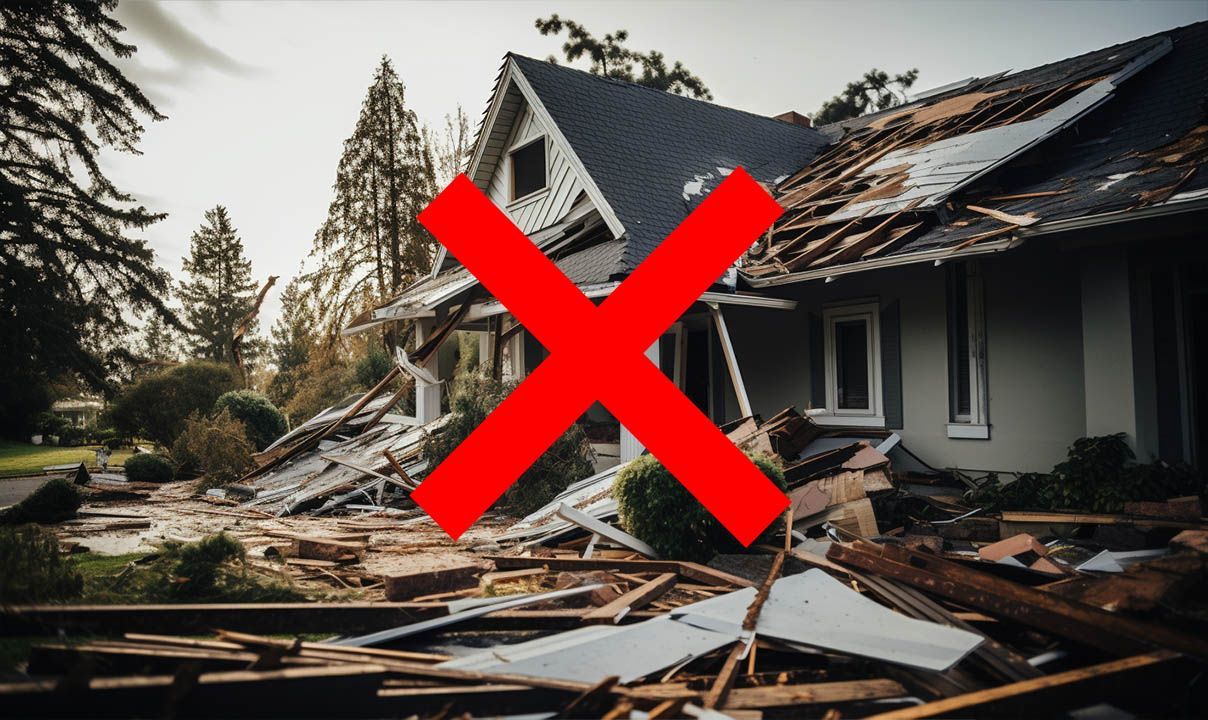
Understanding the Circumstances That Could Lead to a Denied Insurance Claim
Sometimes, an insurance company may reject a roof claim, even if you've followed all the right steps. Understanding the reasons behind such rejections can help you avoid potential pitfalls. Here are some common reasons why an insurance company might deny a roof claim:
Your Policy Doesn't Cover the Type of Damage
Insurance policies have different coverage scopes, and not all damage types are covered. For instance, your policy might cover wind damage but not water damage due to poor maintenance. Always familiarize yourself with what your policy covers and what it excludes.
The Damage is Due to Neglect or Lack of Maintenance
Insurance companies usually cover unexpected events, not issues resulting from a lack of maintenance or negligence. If your roof damage is due to long-term wear and tear or neglect, your insurer is likely to reject your claim. Regular roof inspections and maintenance can help prevent this kind of situation.
Your Roof Exceeds the Insurer's Age Limit
Some insurance companies have age limits for roof coverage. If your roof is older than the company's specified limit, they might only cover its actual cash value rather than the full replacement cost or deny the claim altogether.
You Filed the Claim Too Late
Timeliness is crucial when filing an insurance claim. If you wait too long to report the damage, your insurance company might reject the claim. It's best to file a claim as soon as possible after the damage occurs.
You Exceeded Your Coverage Limit
Every insurance policy has a coverage limit, which is the maximum amount the insurance company will pay for a covered loss. If the cost to repair or replace your roof exceeds this limit, the insurance company won't cover the full amount.
Your Premiums are Not Up to Date
Lastly, an insurance company can reject your claim if your premium payments are not up to date. It's important to ensure you're current on your payments to avoid complications when filing a claim.
Conclusion
It's crucial to remember that your insurance coverage for roof replacement is always dependent on your specific policy. While these are general conditions that most homeowners insurance policies cover, your policy may have additional coverages or exclusions.
It's always a good idea to understand the ins and outs of your insurance policy, including what can cause a claim to be rejected. The best practice is always to discuss the details with your insurance agent and understand what your policy does and doesn't cover.
This way, you can rest easy knowing your roof needs protection. This knowledge can help you avoid disappointment and ensure you have the coverage you need when you need it most.
Also, working with a reputable roofing company like Nova Home Improvements can make this whole process very easy. The company understands what’s needed and will ensure you get a new roof as soon a possible.
BROWSE OUR WEBSITE
CONTACT INFORMATION
Address: 764 Springfield St, Agawam MA 01030
Phone: (413) 455-8218
Email: novahome2021@gmail.com
License Numbers:
Ct hic 0666426
Mass Hic203142
Mass Csl116158
BUSINESS HOURS
- Mon - Sat
- -
- Sunday
- Closed


100% with no payments for a year financing available
100% financing at 0% interest for one year through GreenSky
ACH Available


